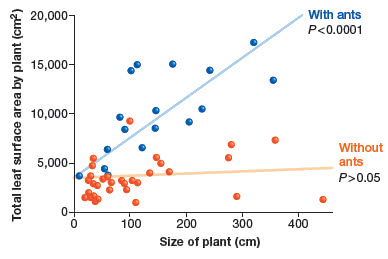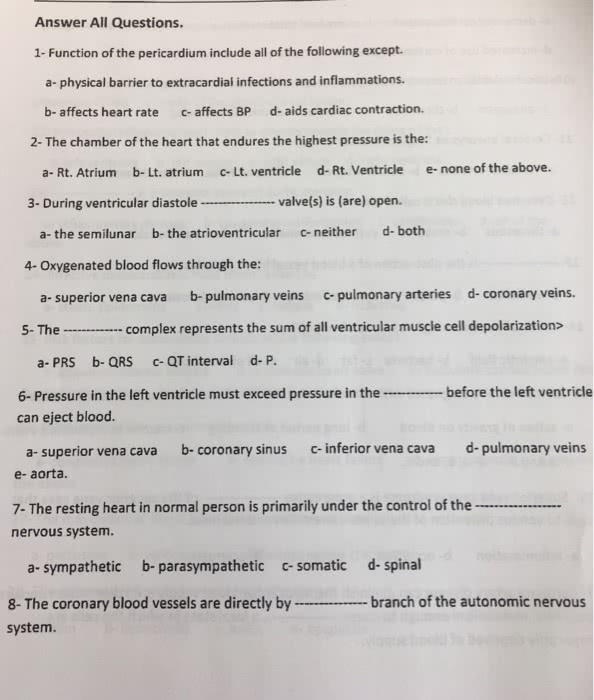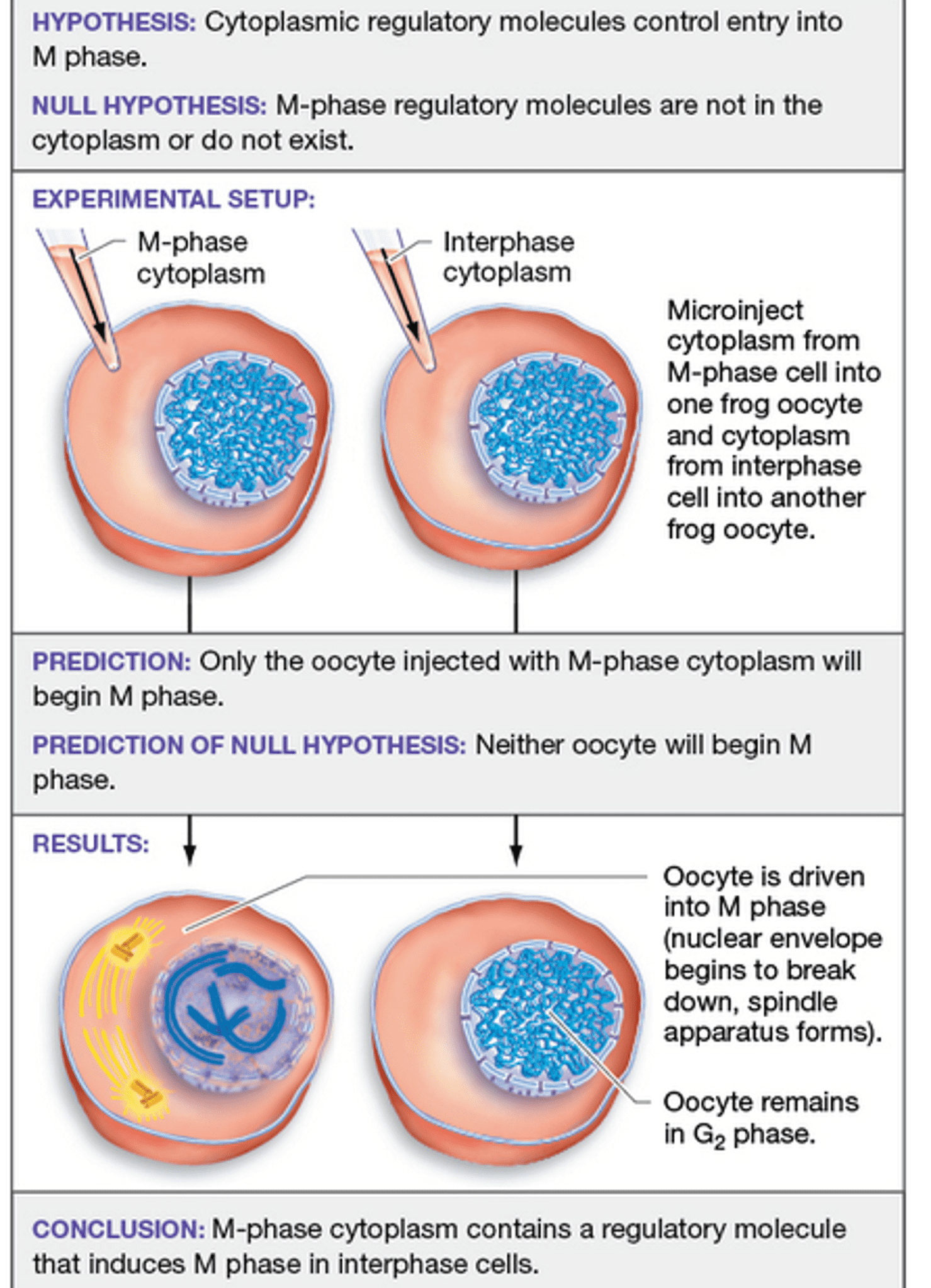shivammaddheshiya537
shivammaddheshiya537University of Lucknow
3 Followers
0 Following
0 Helped
15 Jan 2023
Answer: option B
15 Jan 2023
Answer: option D
15 Jan 2023
Answer: option 2
15 Jan 2023
Answer: option 2
15 Jan 2023
Answer: option C
15 Jan 2023
Answer: Option C
15 Jan 2023
Answer:False.
15 Jan 2023
Answer: option 2
15 Jan 2023
Answer: option A
15 Jan 2023
Answer: option B
15 Jan 2023
Answer: option a
15 Jan 2023
Answer: option B
15 Jan 2023
Answer: option A
15 Jan 2023
Answer: option A
15 Jan 2023
Answer: option A
15 Jan 2023
Answer: false.
15 Jan 2023
Answer: option 2
15 Jan 2023
Answer: option B
15 Jan 2023
Answer: option D
15 Jan 2023
Answer:An active process is a process that requires the use of energy. Inspira...
15 Jan 2023
Answer: option A
15 Jan 2023
Answer: option B
15 Jan 2023
Answer: option A
15 Jan 2023
Answer: option 4
15 Jan 2023
Answer: option 1
15 Jan 2023
Answer: option A
15 Jan 2023
Answer: option 3
15 Jan 2023
Answer: option C
15 Jan 2023
Answer: option 1
15 Jan 2023
Answer: option C
15 Jan 2023
Answer: option A
15 Jan 2023
Answer: option C
15 Jan 2023
Answer: option A
15 Jan 2023
Answer: option A
15 Jan 2023
Answer: option B
15 Jan 2023
Answer: option A
15 Jan 2023
Answer: option C
15 Jan 2023
Answer: Option A
15 Jan 2023
Answer: option 2
15 Jan 2023
Answer: option C


